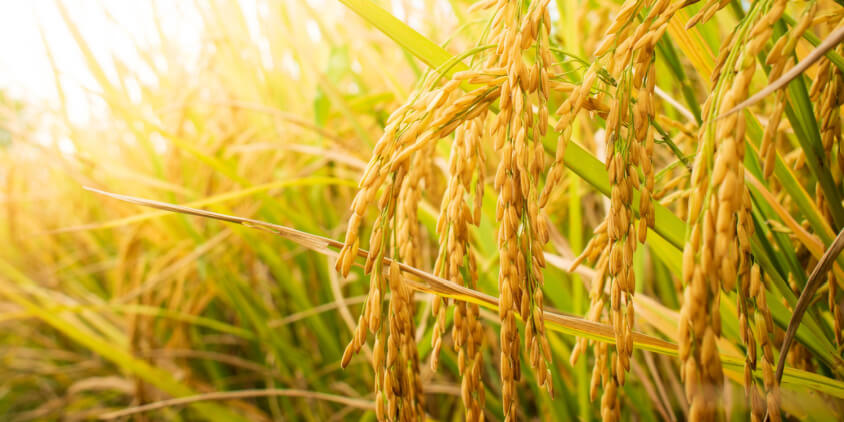Rice is a staple food for many people around the world, and rice production is an essential agricultural activity. One crucial aspect of rice production is determining the plant population, which refers to the number of rice plants per unit area of land. Calculating plant population is vital for farmers to achieve optimal yields, manage resources efficiently, and ensure profitable returns on their investments.
In this blog post, we’ll explore the best ad words and keywords on how to calculate plant population for rice production.
Rice Plant Population Definition:
To start, let’s define what we mean by rice plant population. Rice plant population refers to the number of rice plants per unit area of land, usually measured in square meters. It is essential to determine the appropriate plant population to ensure that the rice plants have enough space to grow, receive enough nutrients, and produce optimal yields.
Factors Affecting Rice Plant Population:
Several factors can affect the plant population of rice, such as the variety of rice, soil fertility, climate conditions, water availability, and planting method. Farmers should consider these factors to determine the ideal plant population for their specific situation.
Methods for Calculating Rice Plant Population:
There are two primary methods for calculating rice plant population: the direct method and the indirect method
The Direct Method involves physically counting the number of rice plants in a specific area of land. This method is more accurate but time-consuming and requires a significant amount of effort.
The Indirect Method involves measuring the land area and determining the number of seeds per unit area, the seedling emergence rate, and the plant stand establishment rate. This method is less accurate but faster and more convenient.
Ad Words and Keywords for Calculating Rice Plant Population:
To help farmers and agricultural enthusiasts calculate rice plant population effectively, we have listed some ad words and keywords below:
a. Seed rate: Refers to the amount of seed required to plant a specific area of land. It is typically measured in kilograms per hectare or grams per square meter.
b. Seedling emergence rate: Refers to the percentage of seeds that germinate and emerge as seedlings. This rate can vary depending on several factors such as soil temperature, moisture, and seed quality.
c. Plant stand establishment rate: Refers to the percentage of seedlings that establish as plants. This rate can be affected by several factors such as weather conditions, pests, diseases, and soil fertility.
d. Row spacing: Refers to the distance between rows of rice plants. This spacing can affect plant population and yield.
e. Planting density: Refers to the number of rice plants per unit area of land. This density can affect the yield of the rice crop.
f. Plant population: Refers to the total number of rice plants in a specific area of land. This population can be calculated using the direct or indirect method.
g. Crop yield: Refers to the amount of rice produced per unit area of land. This yield can be affected by several factors such as plant population, soil fertility, and weather conditions.
h. Fertilizer application: Refers to the amount and type of fertilizer applied to the rice crop. Fertilizers can affect plant growth, yield, and quality.
Conclusion:
Calculating the rice plant population is a crucial step in rice production, and farmers must determine the appropriate plant population to achieve optimal yields. The direct and indirect methods are the two primary methods for calculating plant population, and farmers can use several ad words and keywords to aid in their calculations. By considering factors such as seed rate, seedling emergence rate, plant stand establishment rate, row spacing, planting density, fertilizer application, and crop yield, farmers can ensure profitable returns on their rice production investment.

